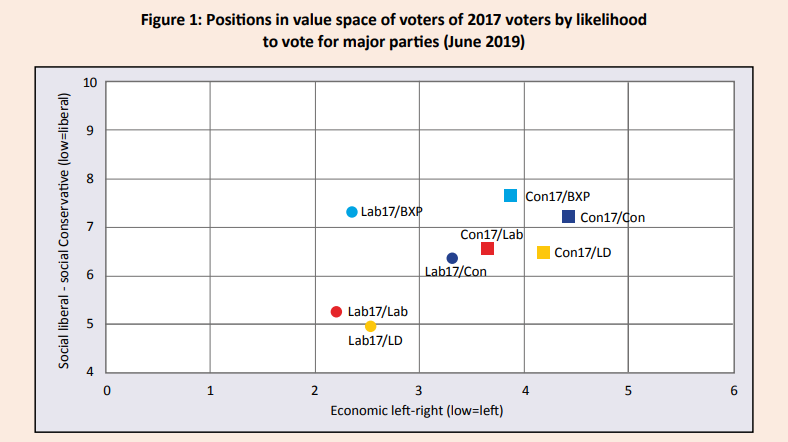
Will get into definitions of class later - here is occupational class by values group from the @BESResearch random probability survey
The key point to take away:
Among both higher professionals and routine occupation groups more than 60% are on the 'left' BUT
The key point to take away:
Among both higher professionals and routine occupation groups more than 60% are on the 'left' BUT

For higher professional this is 35% Liberal, 17% moderate and 8% 'authoritarian'
For routine occupations this is 8% Liberal, 21% moderate and 31% authoritarian.
This is the challenge if you want to unite the 'left'
For routine occupations this is 8% Liberal, 21% moderate and 31% authoritarian.
This is the challenge if you want to unite the 'left'
It really doesn't matter *how* you measure class you will find this divide - there are two options:
1. Make economics more salient where the common ground is
2. Find a way to at least talk to the 'moderates' on the 2nd dimension (together moderates + liberals are more than half)
1. Make economics more salient where the common ground is
2. Find a way to at least talk to the 'moderates' on the 2nd dimension (together moderates + liberals are more than half)
• • •
Missing some Tweet in this thread? You can try to
force a refresh









